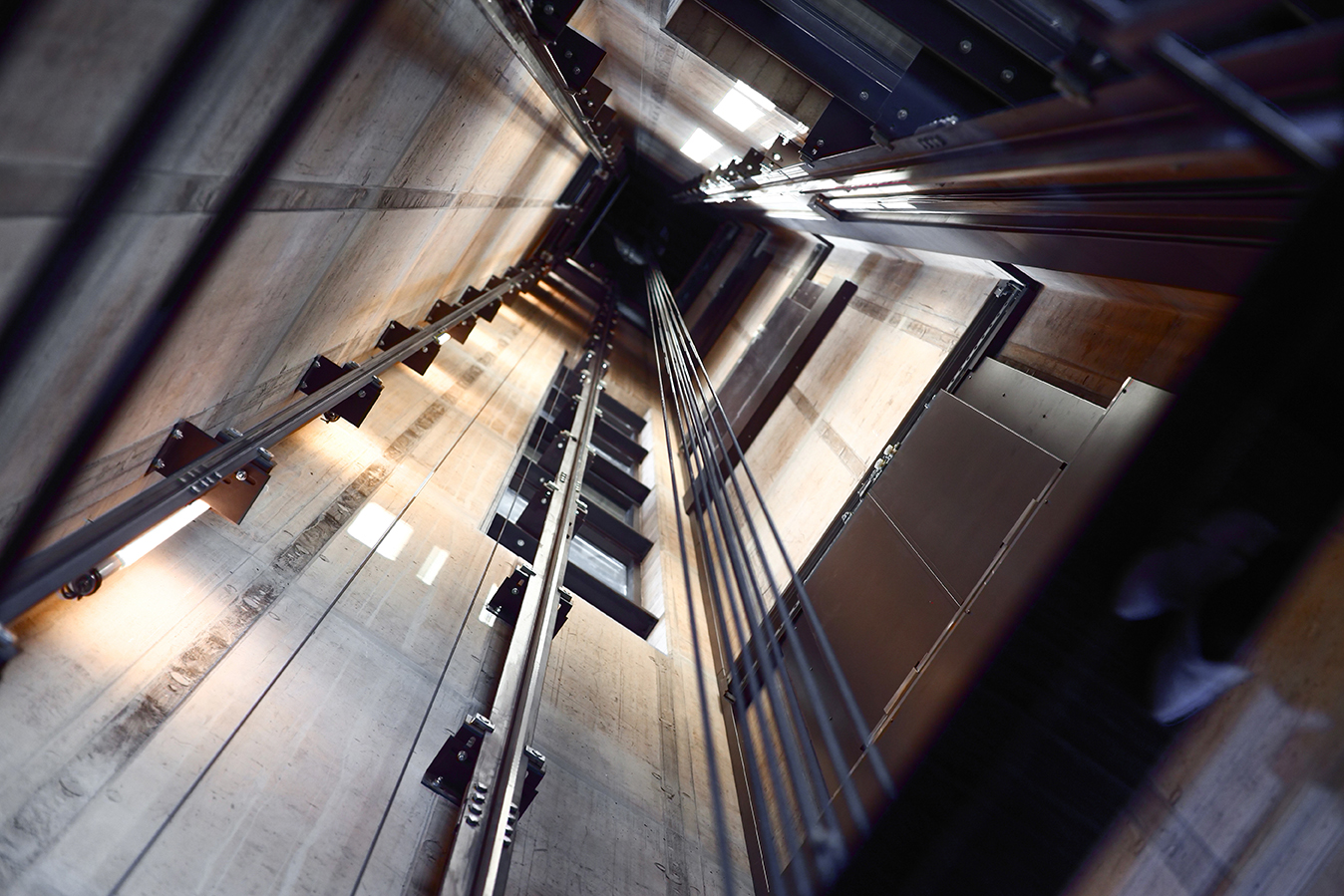System Lift Capacities Explained: Why They Matter for Lift Servicing
System Lift Capacities Explained: Why They Matter for Lift Servicing
Blog Article
Lift Maintenance Repair
Elevator Suite Britannia Street Tividale B69 2PG
01926 266127
A Comprehensive Approach to Enhancing Efficiency Via Strategic Lift Repair Approaches
A critical and methodical technique to raise repair work and upkeep is important to maximize efficiency and reduce downtime. By addressing typical lift concerns, executing positive maintenance actions, and creating targeted repair work plans, facilities can optimize their lift systems to operate at peak efficiency degrees.
Value of Lift Performance Optimization
Recognizing the significance of optimizing lift performance is vital for making sure trustworthy and effective upright transport systems in numerous buildings and structures. Lifts are vital components of contemporary facilities, providing upright wheelchair for owners and products within structures of differing elevations. By maximizing lift efficiency, building owners and center managers can boost individual experience, improve power performance, and rise total operational effectiveness.
Efficient lift performance optimization includes different aspects, including speed, ability, energy intake, upkeep, and safety and security requirements. Properly maximized lifts can decrease wait times for individuals, especially in high-traffic structures, bring about boosted fulfillment and performance. Additionally, enhanced lifts add to energy financial savings by making use of advanced control systems and technologies that decrease power consumption without jeopardizing performance.

Identifying Common Lift Issues
Recognizing typical lift problems is essential for preserving the operational efficiency and safety of vertical transport systems in structures. This problem can be indicative of issues with the lift's electric motor, control system, or also the placement of the lift auto.
Another widespread lift issue is unusual sounds emanating from the lift shaft or machinery area. These sounds can range from grinding or scraping audios to loud clunking noises, all of which may signal underlying mechanical concerns that call for immediate attention. Additionally, constant door malfunctions, such as doors closed or shutting effectively, can interfere with the smooth flow of passengers and present safety dangers.
Implementing Aggressive Upkeep Steps
To enhance the performance and long life of lift systems, positive maintenance actions play a critical duty in making certain functional dependability and safety. lift breakdown. Executing positive upkeep involves systematically evaluating, maintenance, and fixing components before they fail, hence protecting against costly downtime and prospective safety and security hazards. Frequently arranged evaluations can assist recognize minor issues before they intensify right into significant troubles, inevitably extending the lifespan of lift systems
One key aspect of positive upkeep is producing a comprehensive upkeep schedule based upon supplier referrals and sector finest practices. This timetable must detail tasks such as lubrication, placement checks, and component replacements at specified intervals. Furthermore, implementing problem surveillance strategies, such as vibration evaluation and thermal imaging, can help identify very early indications of wear or malfunction.
Additionally, training upkeep team on appropriate assessment techniques and preventative upkeep treatments is vital for the successful execution of positive upkeep steps. By cultivating a culture of proactive upkeep within an organization, lift systems can run at peak performance levels, decreasing disruptions and making certain the safety and security of customers.
Establishing Targeted Fixing Plans
Upon evaluating the upkeep records and efficiency information, the engineering team can establish targeted fixing strategies to enhance investigate this site and address particular concerns lift system performance. These repair plans are tailored to the determined troubles, ensuring that sources are concentrated on solving critical concerns effectively. By prioritizing repair work based upon their effect on efficiency and safety and security, the targeted repair strategies help decrease downtime and upkeep costs while making best click now use of the lift system's dependability.
Creating these plans includes a detailed analysis of the lift system components, consisting of motors, cables, brakes, and control systems. Via this detailed analysis, the design group can identify the origin of any malfunctions or degradation in performance. This information is then made use of to create a roadmap for the repair procedure, outlining the needed actions, timeline, and sources needed to address each problem properly.
Furthermore, targeted fixing plans may include preventative actions to boost the lift system's durability and efficiency. By proactively dealing with possible problems before they rise, these strategies add to the general efficiency and safety and security of the lift system.
Utilizing Data-Driven Insights
Taking advantage of the power of data-driven insights is important in optimizing lift system performance and maintenance efficiency. By leveraging data analytics, lift operators can make educated decisions that bring about enhanced operational efficiency and expense financial savings. Via the analysis of historical efficiency patterns, fads and information can be recognized, allowing anticipating maintenance strategies to be executed. These predictive upkeep strategies aid avoid unforeseen breakdowns, decrease downtime, and extend the life-span of lift systems.

Verdict
Finally, maximizing lift performance is critical for making certain efficiency and safety and security in buildings. By recognizing typical lift issues, applying aggressive maintenance measures, creating targeted repair strategies, and using data-driven insights, organizations can improve performance and minimize downtime. It is very important to take a detailed technique to raise repair approaches to maximize functional effectiveness and make certain the longevity of lift systems.
By dealing with common lift issues, implementing positive upkeep steps, and developing targeted repair service strategies, facilities can optimize their lift systems to operate at peak performance degrees.An additional prevalent lift problem is odd noises emanating from the lift shaft or machinery room.Upon assessing the upkeep documents and efficiency data, the design group can create targeted repair work strategies to deal with certain concerns and maximize lift system performance. By prioritizing repairs based on their influence on efficiency and safety, the targeted fixing plans help decrease downtime and maintenance costs while maximizing the lift system's dependability.
It is essential to take a thorough technique to raise repair work approaches to make the most of operational performance and make certain the long life of lift systems.
Report this page